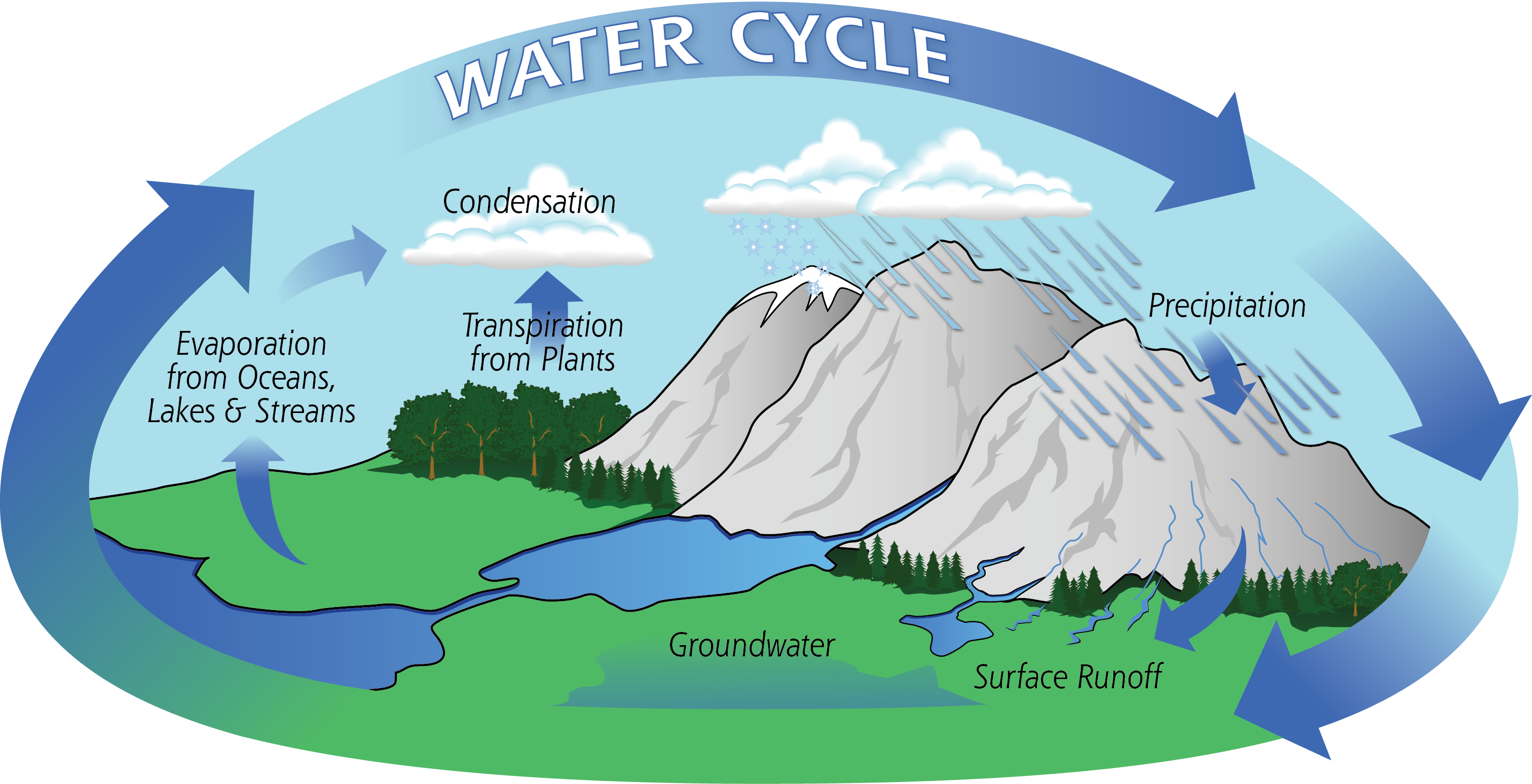From the Well to Your Tap

From the Well to Your Tap
The water cycle explains how water moves above, on, and through the Earth at any given point of time. As an essential part of life, this process is one of many that keep us alive. That being said, only 3% of the world’s available water is freshwater or drinkable, with groundwater responsible for a large portion of Earth’s freshwater. Groundwater is recognized as a renewable resource that is most commonly replenished through precipitations that infiltrate downward from the land surface.
Thanks to water wells, along with their pump and delivery system, homeowners have an effective way of transferring groundwater from its hiding place all the way to their tap. In fact, this method is so effective that approximately 15% of U.S. households rely on a private water well for their drinking water every single day.
How does a well work? By drilling underneath the water table, therefore tapping into the aquifer, the well retrieves the groundwater located in what’s referred to as the saturated zone. Through the creation of a water well, there are three common options to choose from. The following are the features and benefits of dug, driven, and drilled water wells:
- Dug
Characterized as a hole in the ground dug by a shovel or backhoe, dug wells have the ability to obtain water from less-permeable materials, such as very fine sand, silt, or clay. In order to prevent collapse, the well must be lined with stones, bricks, or tile. Dug wells are shallow and lack continuous casing and grouting. In addition, periods of drought lead them to go dry if the water table drops below the well bottom.
- Driven
The driven well can either be hand-driven up to 30 feet deep or machine-driven up to 50 feet deep or more. Also known as a small diameter well, driven wells are created by joining lengths of steel pipe with threaded couplings. However, a couple drawbacks would include the fact that it can tap only shallow water and can get easily contaminated from nearby sources due to the fact that they are not sealed with a grouting material.
- Drilled
Created by either a cable tool or rotary-drilling machine, the drilled well can be drilled more than 1,000 feet deep. This particular well consists of a hole bored into the ground with the upper part lined with a casing. This casing provides a house for a pump mechanism and prevents contaminants from entering the water.

Water wells make access to drinking water not only possible but also a relatively simple solution for those outside municipal limits. Since the quality of the drinking water is greatly determined by the function of the water well itself, it’s essential to pick the correct well type for the situation and environment. Contact A.Y. McDonald for the proper submersible or jet pump in order to bring the whole process together. Whether a water well is dug, driven, or drilled, they all serve the same purpose in the end.
